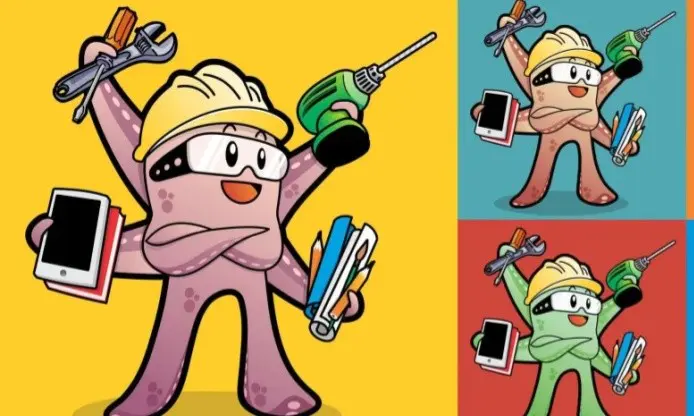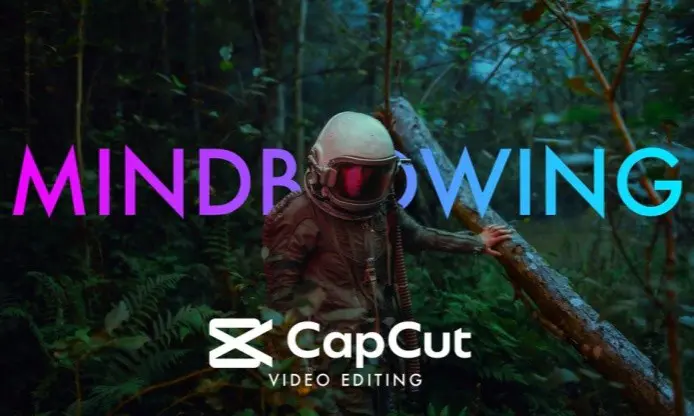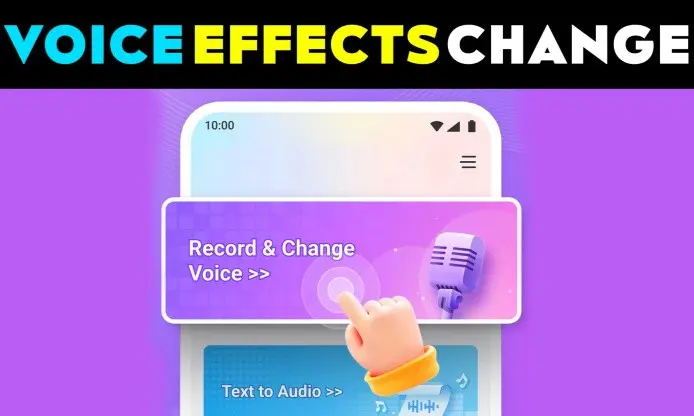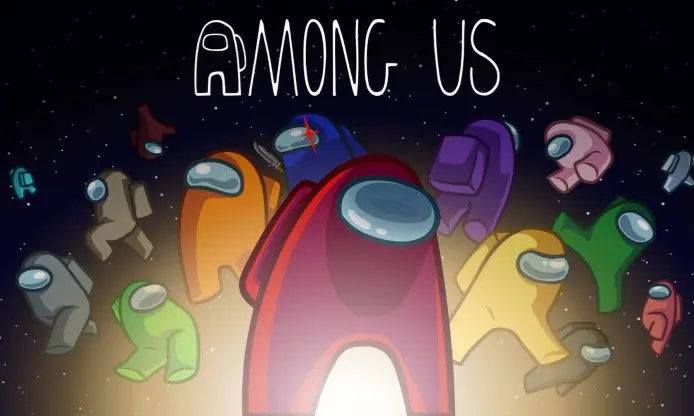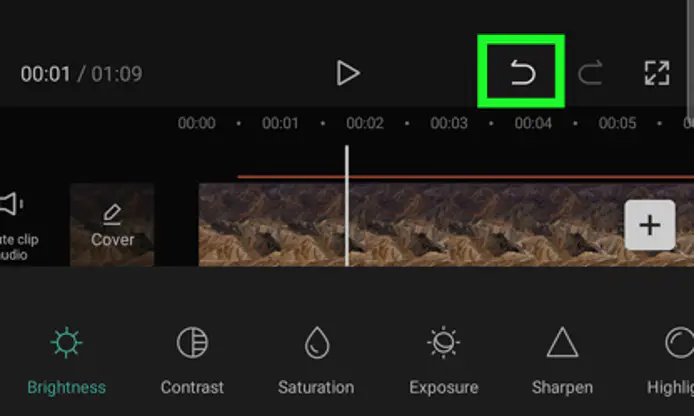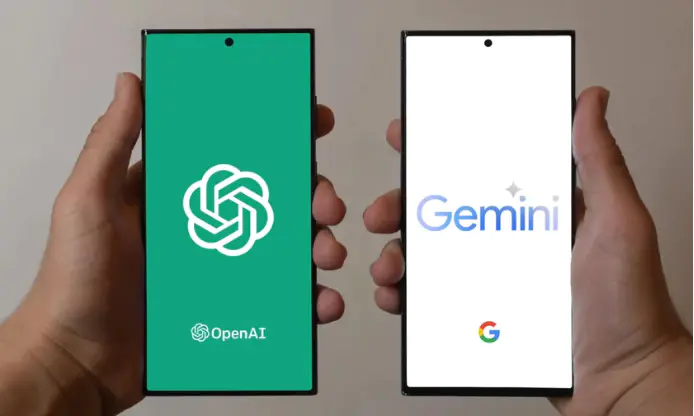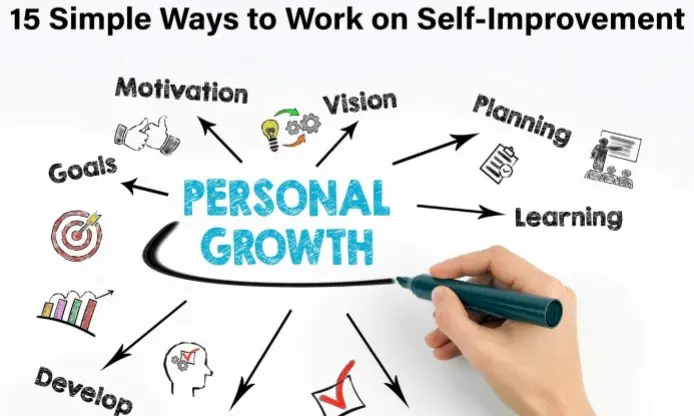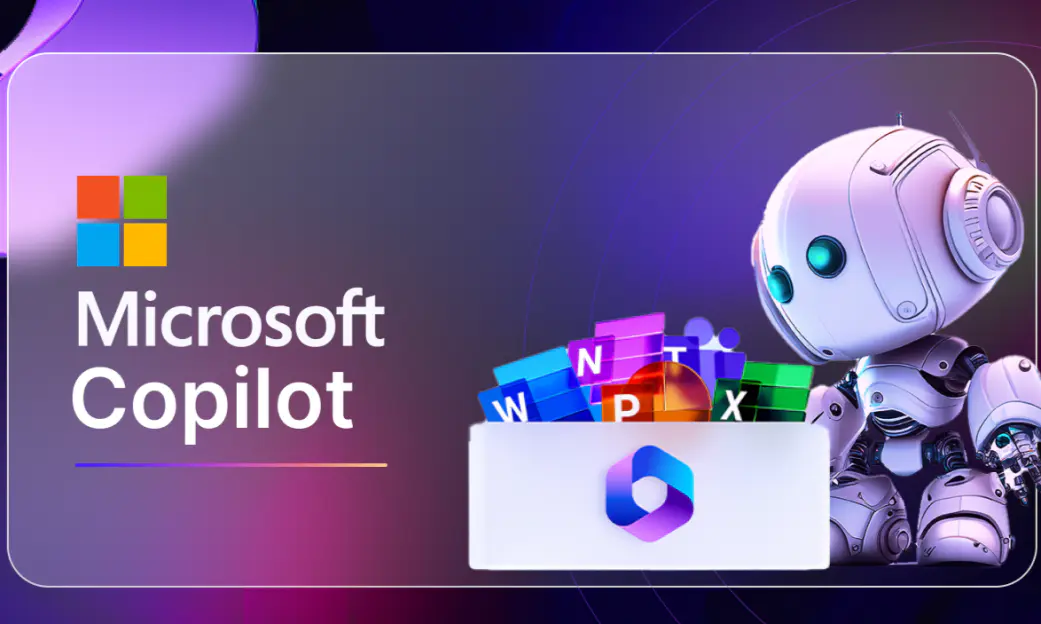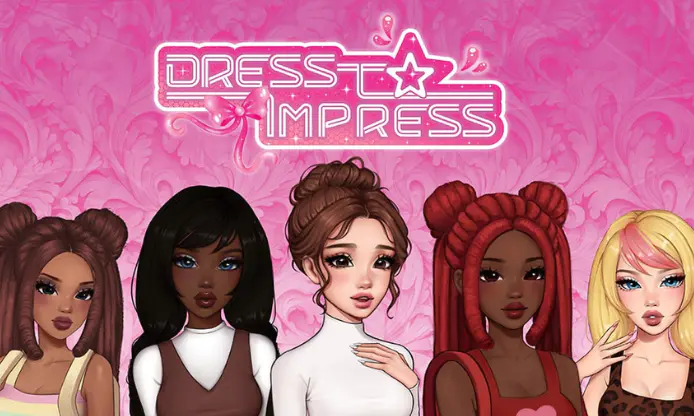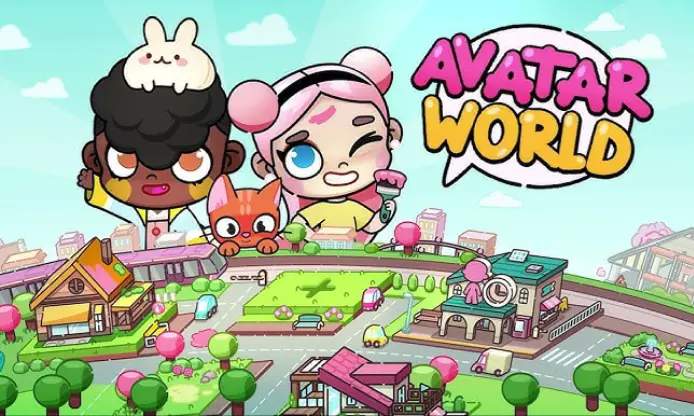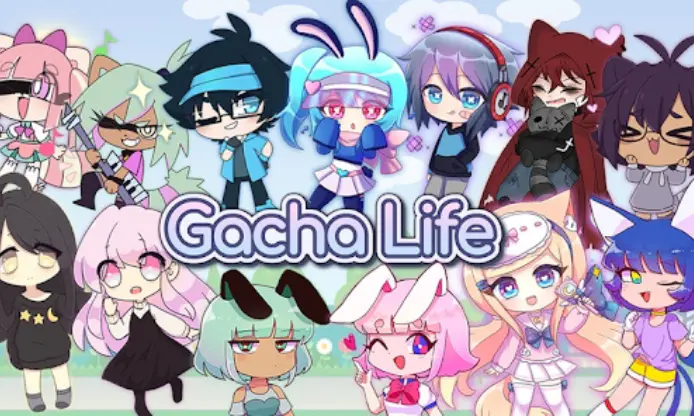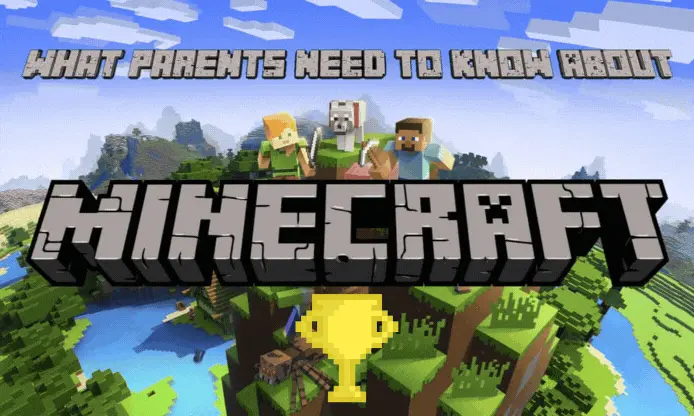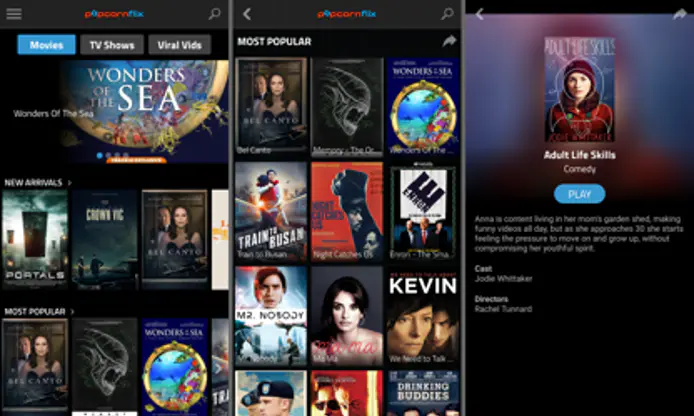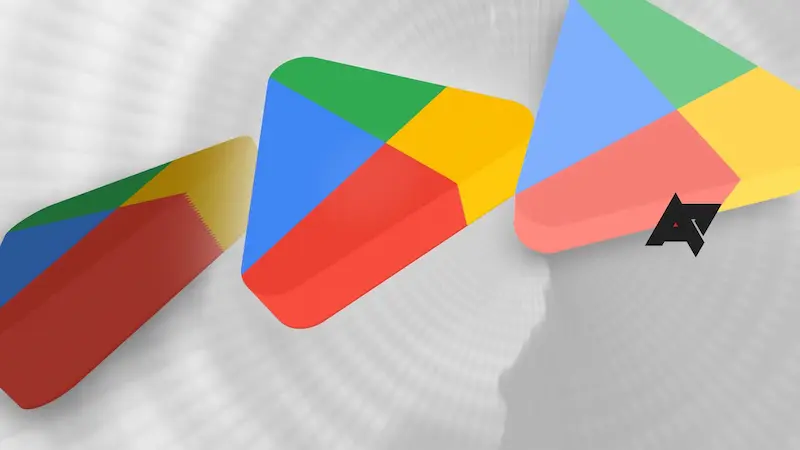Grammarly and the Future of AI: Revolutionizing Writing and Communication
The rapid advancement of artificial intelligence (AI) has transformed numerous industries, with one of the most significant impacts being on the way we communicate, write, and process language. Grammarly, an AI-powered writing assistant, has become a cornerstone of this revolution, helping millions of users improve their writing by offering real-time grammar, spelling, and style suggestions. But as AI continues to evolve, the potential for Grammarly to push the boundaries of writing assistance is vast. In this article, we explore the future of Grammarly in the context of AI development, examining the potential advancements, challenges, and implications for both users and the broader writing landscape.
The Evolution of Grammarly: A Snapshot of AI in Writing Assistance
Grammarly’s success is built on its ability to utilize advanced AI models to provide real-time writing feedback, an accomplishment made possible by the development of natural language processing (NLP) and machine learning technologies. As a tool, it assists users with spelling, grammar, punctuation, style, tone, and even plagiarism detection. Grammarly’s AI learns from vast data sets and continually adapts, improving the suggestions it provides to users. Initially, the tool only focused on basic grammar and spelling, but over time, it has expanded to include sophisticated features, such as clarity-focused writing enhancements, tone detection, and even suggestions to improve readability based on the target audience.
With AI’s rapid progression, it’s easy to envision how tools like Grammarly will evolve over the next decade. As artificial intelligence continues to develop, the future of Grammarly could extend far beyond its current capabilities, introducing new features and innovations that could reshape how we approach writing, communication, and creativity.
The Future of Grammarly: Emerging AI Capabilities
1. Contextual Understanding and Deep Semantic Analysis
One of the most exciting possibilities for the future of Grammarly lies in its ability to improve its contextual understanding. Current versions of Grammarly are adept at catching basic grammatical errors and providing stylistic suggestions, but the tool still has limitations when it comes to deeply understanding the context behind a sentence or passage.
Future AI models could enable Grammarly to interpret the subtleties of tone, mood, and even cultural nuances in writing. For example, as AI continues to advance, Grammarly could develop a deeper semantic understanding of text. This would allow it to understand the writer’s intent more thoroughly and offer more nuanced suggestions. This might include suggestions for tone adjustments that align with specific audiences or guidance on how to craft persuasive arguments based on the context.
2. Multi-modal Writing Assistance
In the future, Grammarly could expand its support beyond written text and incorporate multi-modal capabilities, which could revolutionize how we create content. Multi-modal AI systems are designed to interpret and generate multiple forms of data, including text, images, and video.
For example, Grammarly could potentially help users create content that incorporates multimedia elements by suggesting ways to integrate visuals, diagrams, or videos alongside text. It could even assist in structuring content for different media formats—whether for blog posts, social media, presentations, or videos—ensuring that the writing complements the visual or auditory elements.
As this technology develops, it would be possible to have an integrated tool that not only improves the quality of writing but also helps users optimize content for various platforms, ensuring maximum engagement across digital and social media channels.
3. Personalized Writing Assistance
Another exciting future for Grammarly lies in the development of highly personalized writing assistants powered by AI. Currently, Grammarly provides recommendations based on general writing principles, but future iterations could create more tailored experiences. As the AI models evolve, they could learn from a user's past writing patterns, preferences, and goals.
Personalized writing assistance could extend to suggesting specific vocabulary, phrases, or even sentence structures that align with an individual's style or the voice of their organization. For instance, if a user frequently writes content for a legal or academic audience, Grammarly could adapt its recommendations to reflect the writing style, tone, and technical jargon expected in these domains. It could also remember user preferences and adapt its suggestions accordingly, ensuring a seamless, individualized writing experience.
Moreover, personalized AI assistants could proactively suggest writing improvements, offer suggestions on clarity, or even generate outlines based on a user’s past works or writing patterns, significantly reducing the time spent on content creation.
4. Improved Collaboration and Team Workflows
Grammarly’s current functionality is largely focused on individual writing, but the future of AI could lead to enhanced collaboration tools. In the future, Grammarly could integrate deeply with collaborative platforms, such as Google Docs, Microsoft Word, or team communication tools like Slack, allowing real-time, AI-driven assistance for teams working on shared documents.
AI-enhanced collaboration could assist teams in maintaining consistency across writing, whether in reports, marketing materials, or creative content. It could automatically align writing styles to fit brand guidelines or improve overall coherence in a document shared between multiple team members. Additionally, AI could serve as a virtual writing assistant for teams, offering suggestions to improve the clarity of communication or highlight areas that may need revision.
The introduction of AI in collaborative settings also opens the door for more efficient workflows, where Grammarly can support everything from drafting to final revisions, thus streamlining processes in professional environments.
5. Voice and Conversational AI Integration
With the growing prominence of voice-activated devices and conversational AI (like Siri, Alexa, and Google Assistant), integrating Grammarly with voice-based platforms could become a natural next step. Users could benefit from an AI assistant that not only offers writing suggestions but also corrects spoken grammar, syntax, and word choice during verbal communication.
This development could help improve real-time communication, especially for non-native speakers or individuals seeking to polish their conversational skills in English. A Grammarly-powered voice assistant could also provide feedback during meetings, phone calls, or public speaking engagements, helping individuals improve their verbal communication skills.
Ethical Considerations and Challenges Ahead
While the potential future of Grammarly is bright, there are also several ethical considerations and challenges that must be addressed as the tool evolves.
Privacy and Data Security: AI-powered writing tools like Grammarly rely on user data to function effectively, and as the platform becomes more personalized, concerns about privacy and data security will likely increase. Users need to feel confident that their data is protected, and the AI’s learning process should be transparent and secure.
Bias and Fairness: AI models are only as good as the data they are trained on, and there is a risk that certain biases could be reflected in the suggestions Grammarly provides. For instance, AI may unintentionally promote certain writing styles or vocabulary that cater to specific demographics, which could lead to exclusion or misrepresentation.
Human Creativity and Autonomy: As AI tools like Grammarly become more advanced, there is a concern about how much they may overshadow human creativity. While AI can provide suggestions for clarity, style, and grammar, writers should retain control over their own voice and expression. The challenge will be to strike the right balance between AI assistance and human creativity.
Conclusion: A Bright Future for Writing Assistance
As artificial intelligence continues to evolve, Grammarly is poised to become more than just a grammar checker. The future of Grammarly, driven by advances in AI, promises a more personalized, multi-modal, and collaborative writing experience. From providing deeper contextual understanding to enabling better collaboration in teams, Grammarly will continue to transform the way we write, communicate, and work.
However, as the AI landscape evolves, it is crucial for Grammarly to address potential ethical concerns, ensuring that user data is protected and that the AI remains fair and unbiased. The future of Grammarly, and AI in general, holds immense potential, not just for improving writing, but also for revolutionizing communication across industries and platforms.
Ultimately, as AI-driven writing assistants become more advanced, they will provide users with unparalleled support, empowering individuals to communicate more effectively, whether in their personal lives, academic pursuits, or professional careers. The future of Grammarly and AI in writing is not just about improving text; it’s about enhancing how we connect with others through words.











